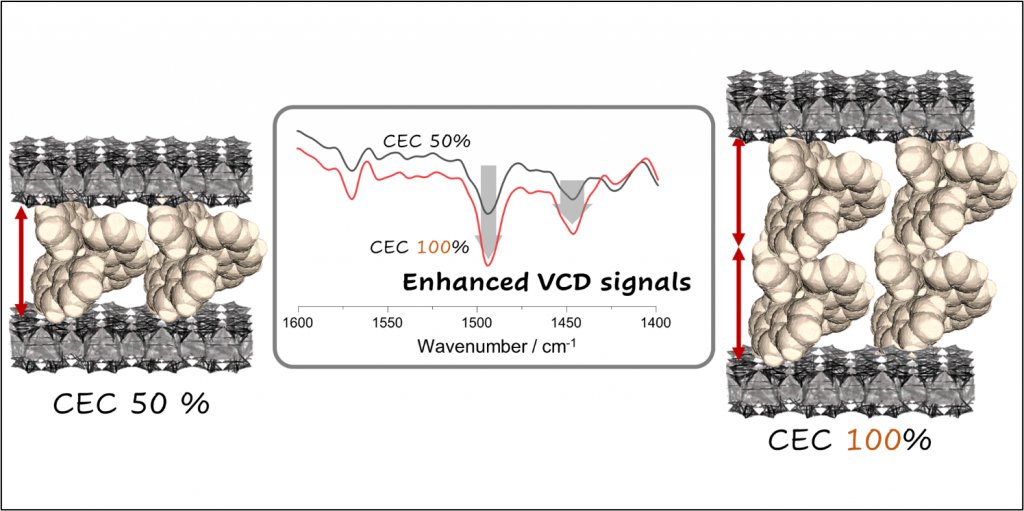2022-07-26 スイス連邦工科大学ローザンヌ校(EPFL)
研究者は、約100メートルのスラブをモデル化し、亀裂の進展が約3~5メートル以上に及ぶと、スラブの張力が解放プロセスの唯一の駆動力となり、弱い層がせん断で破壊することを突き止めました。この現象は、これまで報告されてきた稀な巨大地震で観測された、いわゆる「スーパーシアー」破壊のメカニズムと類似している。
合計4つの実際の雪崩によって、「アンチクラック」伝播モードから、いくつかの大地震の際に報告されている「スーパーシアー」モードへの移行を確認することができたのです。
今回の研究成果は、雪崩のコンピュータモデルを簡素化し、必要な計算時間を数日から数分に短縮するための新しい仮定を、雪崩研究者が導き出すのに役立つだろう。この強化されたモデルは、例えば、雪崩の規模を決定するのに利用できる。これは、効果的なリスク予測と管理のための重要な情報である。
<関連情報>
- https://actu.epfl.ch/news/the-physics-of-snow-slab-avalanches-similar-to-tha/
- https://www.nature.com/articles/s41567-022-01662-4
雪崩におけるサブレイリー反き裂から超せん断き裂伝播への遷移 Transition from sub-Rayleigh anticrack to supershear crack propagation in snow avalanches
Bertil Trottet,Ron Simenhois,Gregoire Bobillier,Bastian Bergfeld,Alec van Herwijnen,Chenfanfu Jiang & Johan Gaume
Nature Physics Published:25 July 2022
DOI:https://doi.org/10.1038/s41567-022-01662-4

Abstract
Snow slab avalanches, characterized by a distinct, broad fracture line, are released following anticrack propagation in highly porous weak snow layers buried below cohesive slabs. The anticrack mechanism is driven by the volumetric collapse of the weak layer, which leads to the closure of crack faces and to the onset of frictional contact. Here, on the basis of snow fracture experiments, full-scale avalanche measurements and numerical simulations, we report the existence of a transition from sub-Rayleigh anticrack to supershear crack propagation. This transition follows the Burridge–Andrews mechanism, in which a supershear daughter crack nucleates ahead of the main fracture front and eventually propagates faster than the shear wave speed. Furthermore, we show that the supershear propagation regime can exist even if the shear-to-normal stress ratio is lower than the static friction coefficient as a result of the loss of frictional resistance during collapse. This finding shows that snow slab avalanches have fundamental similarities with strike-slip earthquakes.


